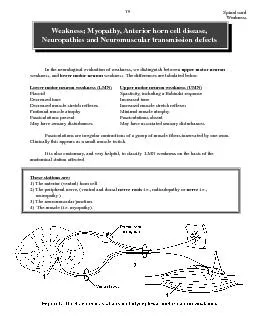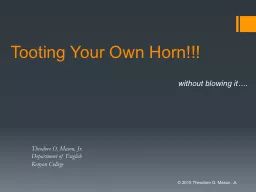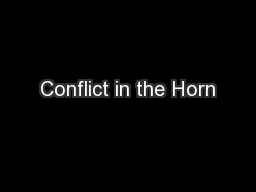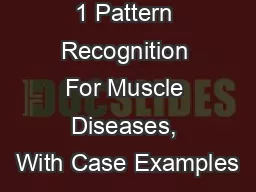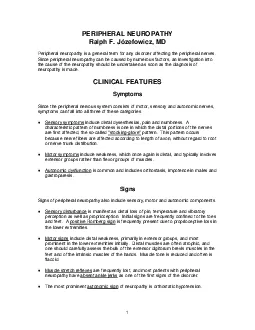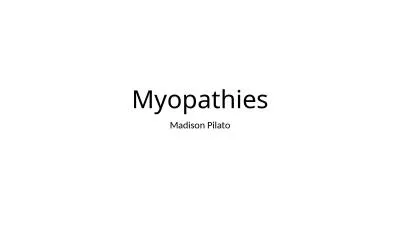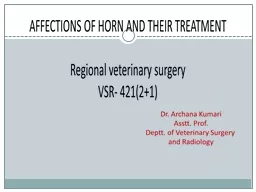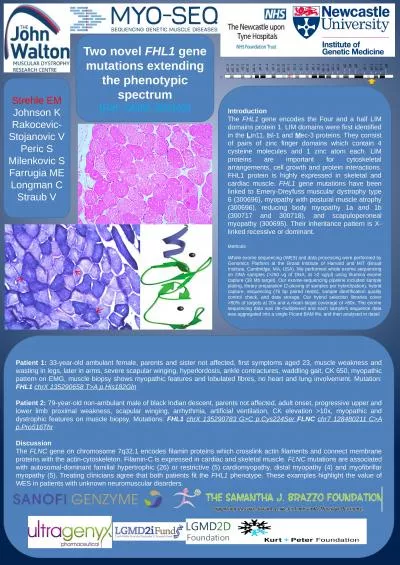PDF-Weakness; Myopathy, Anterior horn cell disease,Neuropathies and Neurom
Author : stefany-barnette | Published Date : 2015-12-05
Weakness Lower motor neur Upper motor neur FlaccidSpasticity including a Babinski responseDecreased toneIncreased toneDecreased muscle stretch reflexesIncreased
Presentation Embed Code
Download Presentation
Download Presentation The PPT/PDF document "Weakness; Myopathy, Anterior horn cell d..." is the property of its rightful owner. Permission is granted to download and print the materials on this website for personal, non-commercial use only, and to display it on your personal computer provided you do not modify the materials and that you retain all copyright notices contained in the materials. By downloading content from our website, you accept the terms of this agreement.
Weakness; Myopathy, Anterior horn cell disease,Neuropathies and Neurom: Transcript
Download Rules Of Document
"Weakness; Myopathy, Anterior horn cell disease,Neuropathies and Neurom"The content belongs to its owner. You may download and print it for personal use, without modification, and keep all copyright notices. By downloading, you agree to these terms.
Related Documents

